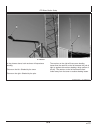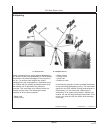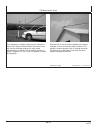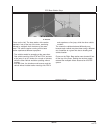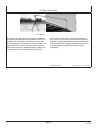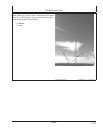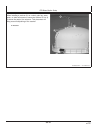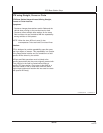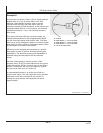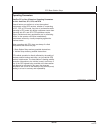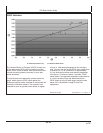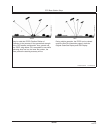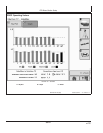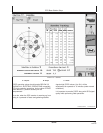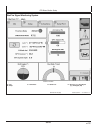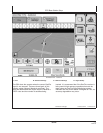
RTK Base Station Setup
OUO6050,0002279 –19–25NOV06–1/1
Example A
PC9394 –UN–30OCT06
A—Field A
B—Base Station 1 — 6.4 km (4 miles)
C—Base Station 2 — 4.8 km (3 miles)
D—Base Station 3 — 4.8 km (3 miles)
E—9.7 km (6 miles) radius
As you see in the picture, Field A (A) has 3 base stations
located within a 9.7 km (6 miles) radius of the field.
Although 3 base stations could be used to operate
vehicles within this field, one base station must be
selected to perform all field operations for that season and
assigned/created AB lines. In this instance, the customer
selected base station#1asitwascentrally located to
other farms.
This means that when AB lines are being created, all
vehicles and operations for that cropping season MUST
use the same base station and location. Also, if AB lines
were set up during subsequent seasons, the same original
base station that was utilized in subsequent seasons must
be used again at the same base location.
AB lines must be assigned and associated to a specific
base station in order to achieve absolute accuracy and
repeatability. This absolute accuracy and repeatability is
obtained during the base stations 24 hour absolute
survey.
Any time a base station is used to perform a field
operation and it IS NOT the base station that was used to
create that original AB line, errors will exist in the AB line
position. These errors will vary from location to location,
but may be as much as 3 to 5 inches off.
A recommended practice is to assign every field to a
specific base station. This will ensure that every operation
performed in that field, including AB line creation, is
utilizing the most accurate and repeatable correction
signal possible.
35-17
121907
PN=124



